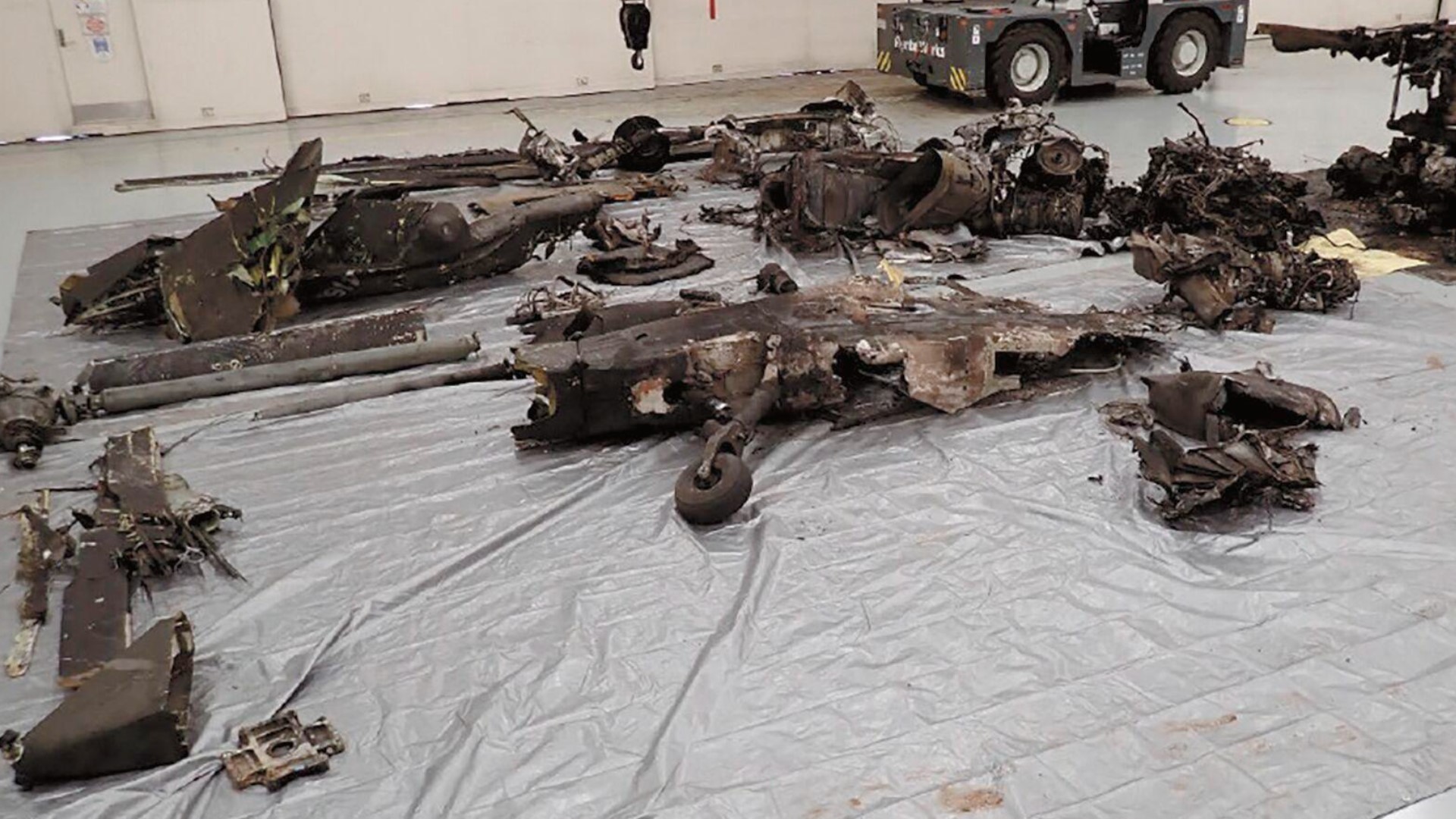HUNTSVILLE, Ala — A U.S. Army mishap report published to the Army's official website after being obtained by the Redstone Rocket through the Freedom on Information Act and published to the newspaper's website, says that a Black Hawk helicopter that crashed in the Harvest area the afternoon of Feb. 15 experienced "unrecoverable flight altitude" in its final moments.
That crash killed two Tennessee National Guardsmen, CWO 3 Daniel Wadham of Joelton and CWO 3 Danny Randolph of Murfreesboro. Wadham was named pilot in command in the report. Both men had several years of experience.
The aircraft was reportedly making its final approach to Huntsville International Airport to refuel on the final leg of a training exercise described as "low-risk" by the Mission Briefing Office, when it descended through a low cloud ceiling.
With less than 50 nautical miles to go at 2:58 p.m., just after Huntsville air control instructed the crew to make a left turn from their current position, a low-altitude warning was triggered. Radio contact could not be reestablished with the helicopter from that point.
The helicopter crashed less than a minute later in the median between the north and southbound lanes of Highway 53, near the intersection of Burwell Road, in the Harvest area.
A makeshift memorial to the Guardsmen who were killed remains at the site of the crash.
The Rocket obtained the report through a Freedom of Information Act request. In their story, they say:
Brig. Gen. Jonathan Byrom, commander of the Army Combat Readiness Center, headquartered at Fort Novosel, said in a letter to the Redstone Rocket that “in an effort to maintain and continue to increase the effectiveness of the Army’s Accident Prevention Program, certain portions of the safety report are closely protected and exempt from disclosure.”
The purpose of the exemption, he said in the letter, is “so individuals involved in the accident and accident investigation process may freely and openly provide uninhibited opinions and recommendations in order to ensure that all safety factors are considered and fully evaluated, which helps the Army prevent future accidents.”
These materials are exempt from mandatory release under the provisions of the Freedom of Information Act, according to Byrom.

